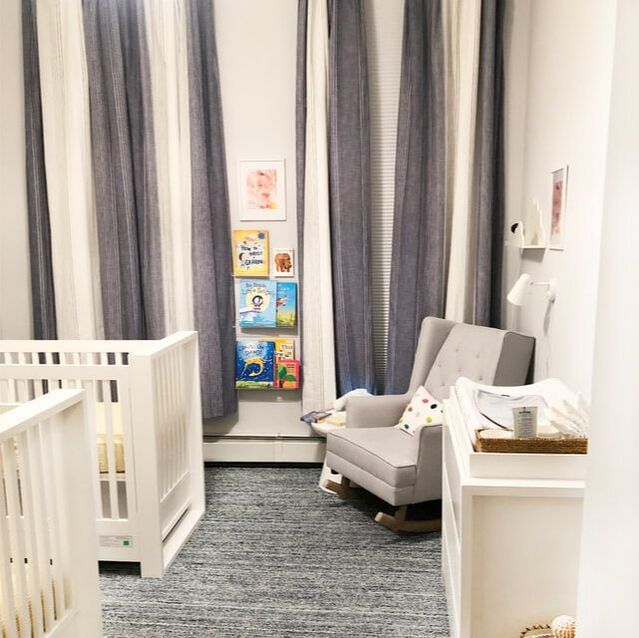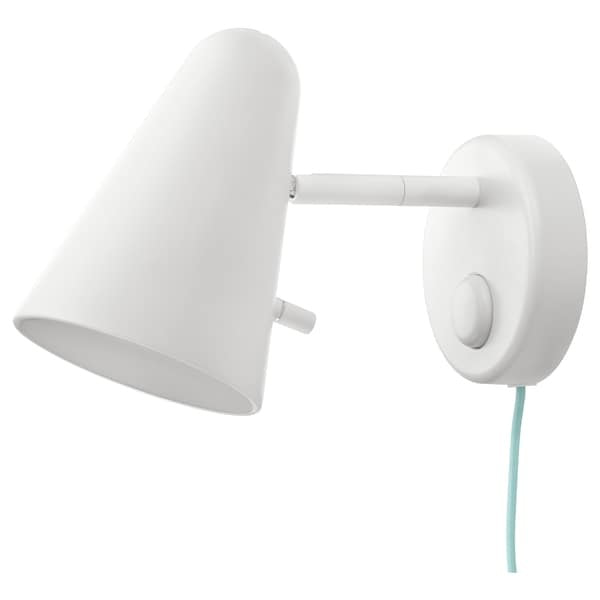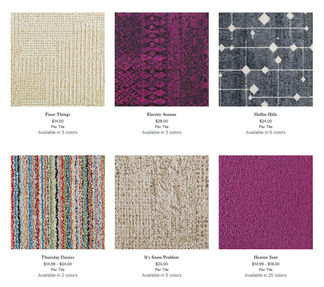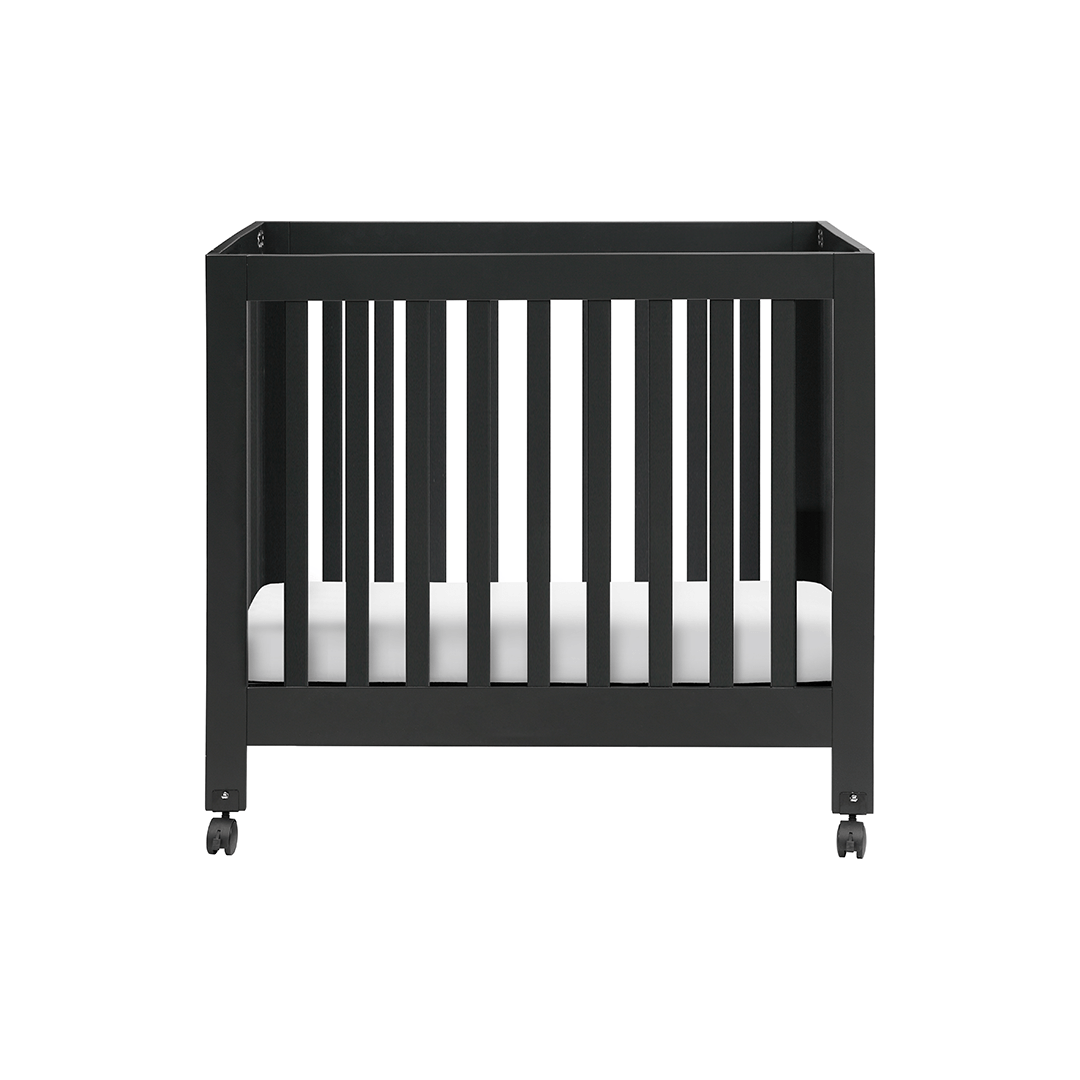|
This post may contain affiliate links which help support our blog efforts.
We often work with customers who's nursery or child's bedroom is on the "small" side. This is never discouraging to us. It is our business to know about amazing tricks and products available to create a personal yet functional space, not matter what the dimensions. Even those no larger than a walk in closet. Keep reading to learn how to do it yourself. 1. CREATING SPACE
First things first. It's highly like that you don't actually have a separate bedroom for the baby nursery. So carving out a space is the first step. The strategic placement of a temporary wall may very well be the best solution. There are three main two types of temporary walls, pressurized and partial. Before contacting the right vendor to install this you will need to get approval from the building management board first and permits from the Department of Building.
We've learned through our clients this approval process can be lengthy so put in your request.
Our client ElShane gave up her at-home office to create a 50 square foot nursery for her second daughter. She use a temporary partial wall that was custom outfitted with shelving and compartments to accommodate clothing, toys and the changing area.
In the video below see more about this temporary wall turned storage as ElShane gives you the full tour of her tiny 50 square foot nursery.
2. Rock-A-Bye-Baby
One of the must-haves for the nursery is a comfortable way to rock your baby. But in the case of a small space that doesn't need to be an actual glider or rocker that are oversized and take up to much precious square footage.
Our tip is a portable Ready Rocker, by Rockermama. It's an excellent substitute if you can fit an actual chair in your nursery. You can also use it anywhere in your home, in a chair or in bed. You can even pack it along on trips when where you are going may not have a glider. 3. In The Dark
If you are lucky enough to have windows in your NYC apartment or condo most likely you are going to need window treatments. The best environment for a baby's sleep is a dark one so you'll want blackout shades. There are various options for keeping light out including hanging drapes, permanent window shades, and even temporary window shades. But you want these in blackout materials.
If you own your space and plan to be there for 2-3 years then making an investment in honeycomb shades is your best bet. These will block out the majority of the light. The Bali Cellular Shades from HomeDepot are installed in one of our NYC client's shared boys' bedroom. Layering in room darkening curtain rods and blackout drapes for maximum reduction of light, sound reduction and cold air. These curtains also add a layer of style and visual warm to the space.
One other option worth mentioning here is a temporary paper shades, perfect for short term rentals. If this isn't going to be your long term residence you don't want to loose your investment on installing permanent window treatments when you leave.homedepot.sjv.io/ENX2n
We suggest using these easy to install Redi Shade temporary paper shades from Home Depot that come in blackout or room darkening styles. They only cost from $5-$10 per shade. Then install those stylish fabric curtains to cover them up and add extra light reduction. Check out this video on how easy they are to install! 4. Up, Up, & Away!
In small spaces, floor space is a precious commodity so get things off the floor where ever you can. This means installing storage and lighting on the walls. There are tons of options for floating book shelves, side-tables and plug-in wall sconces that are adorable and functional.
5. FLOORED
Another place you are probably looking to add warmth and color is with your flooring. If you are looking for more than a decorative rug but don't want to lose money installing wall-to-wall carpeting, carpet tiles are for you! They're easy to install, easy to remove and are more resistant to stains and moisture than traditional carpet.
We have arranged a professional installment of FLOR Carpet Tiles in one NYC client's nursery, but you can also save money by installing and uninstalling them yourself. They come in a wide range of solid colors and patterns and you can mix and match for your own unique design. 6. No one puts baby in the corner
With limited floor space we may suggest putting the crib or changing station in the closet. Tucking the crib and or dresser, equipped with changing pad, into a closet saves tons of space and creates a cozy nook. You can use the height of the closet to add storage with shelving. We've even see rocker snuck into a closet along with a mini crib!
7. The mini is Mighty
A mini crib can turn any space into a nursery. Place it in your master bedroom, tick it into a closet or squeeze it into a tiny nursery.
A mini crib will last for about one to two years depending on the size and weight a baby grows. Be sure and check for those details in the product description. The crib shown below is from Project Nursery and comes in various colors. It can be easily collapsed making it portable too! Some styles will grow with your baby using a conversion kit. The kit can be used to stretch a mini crib into a full size as needed. Comments are closed.
|






























